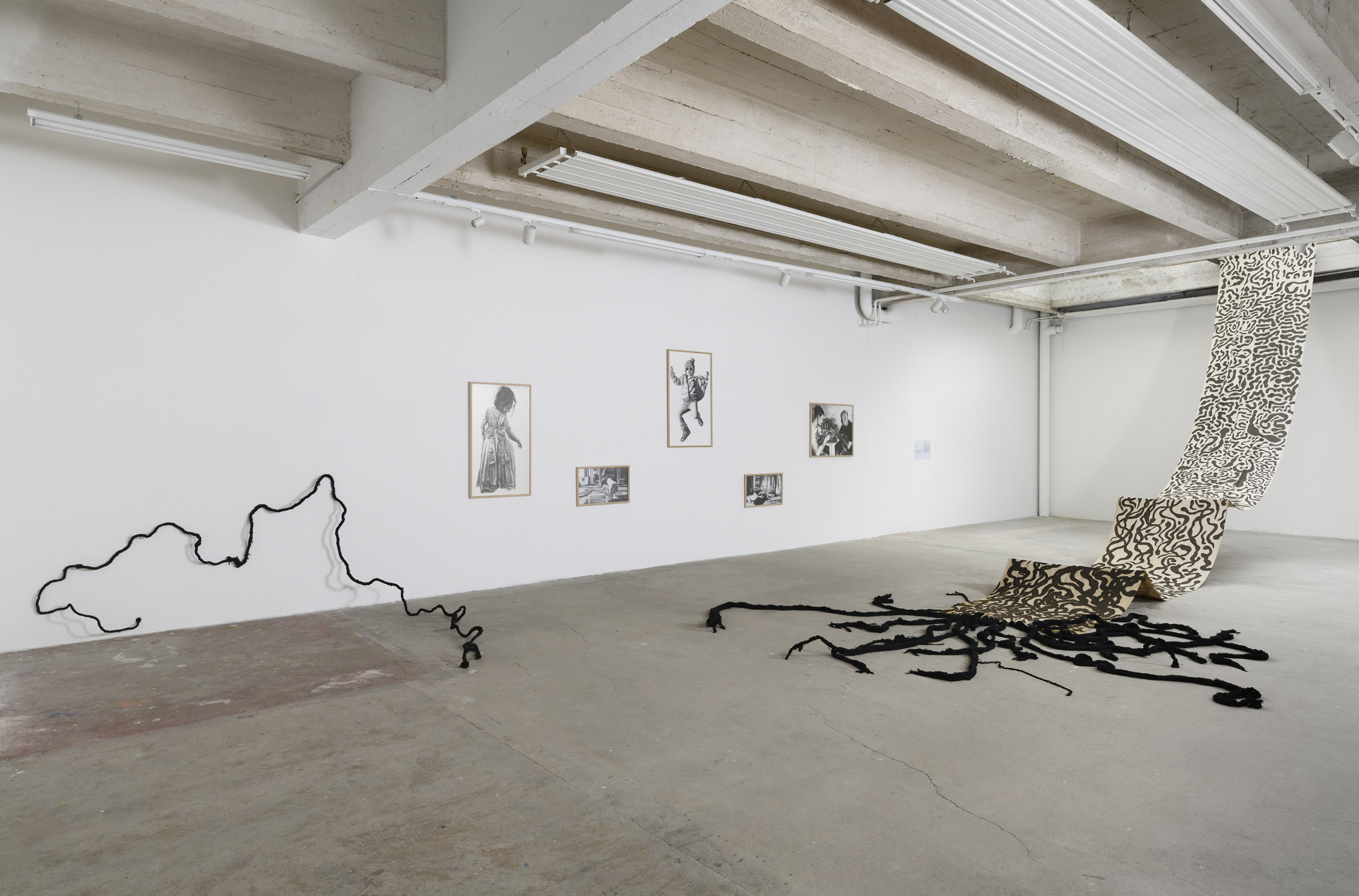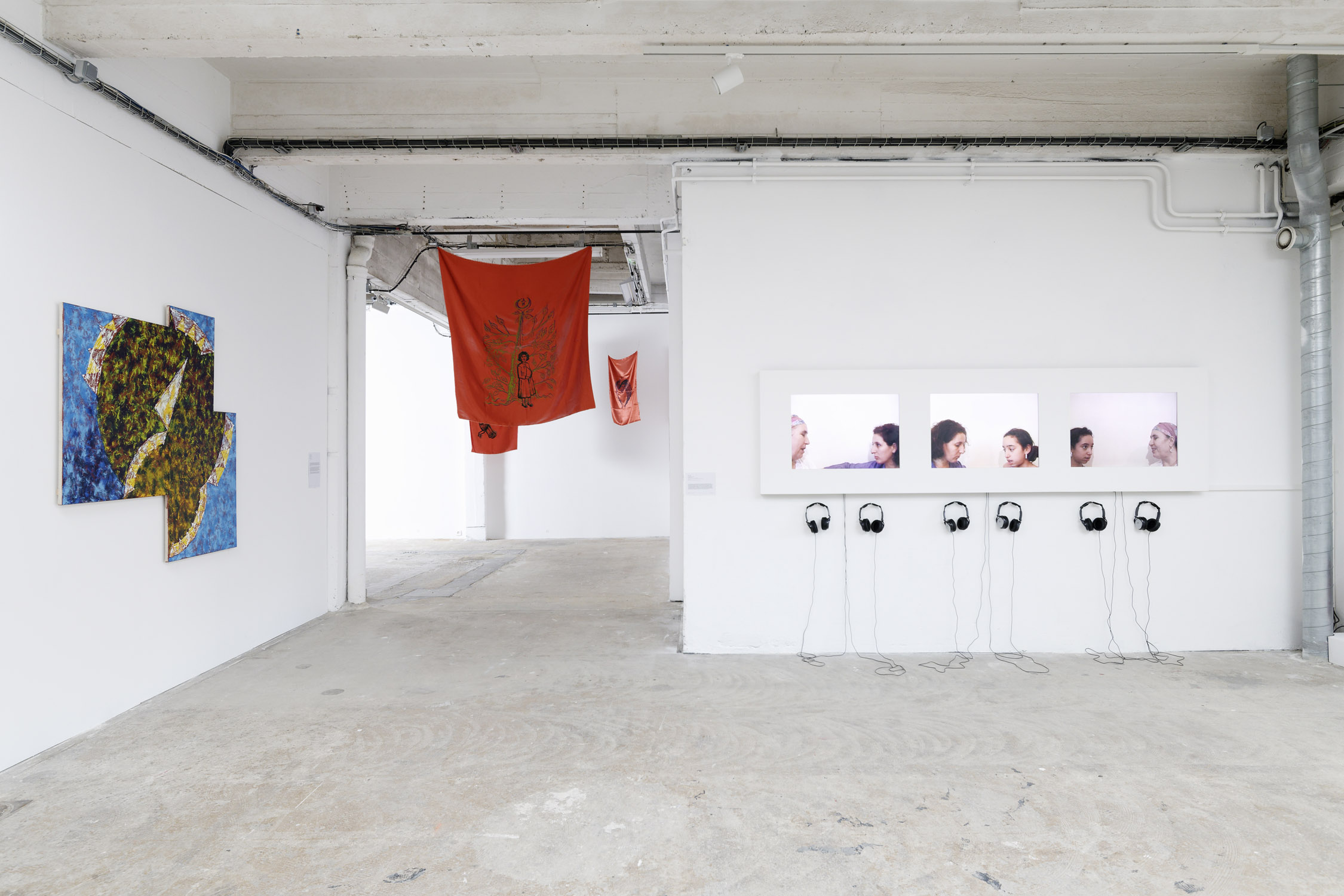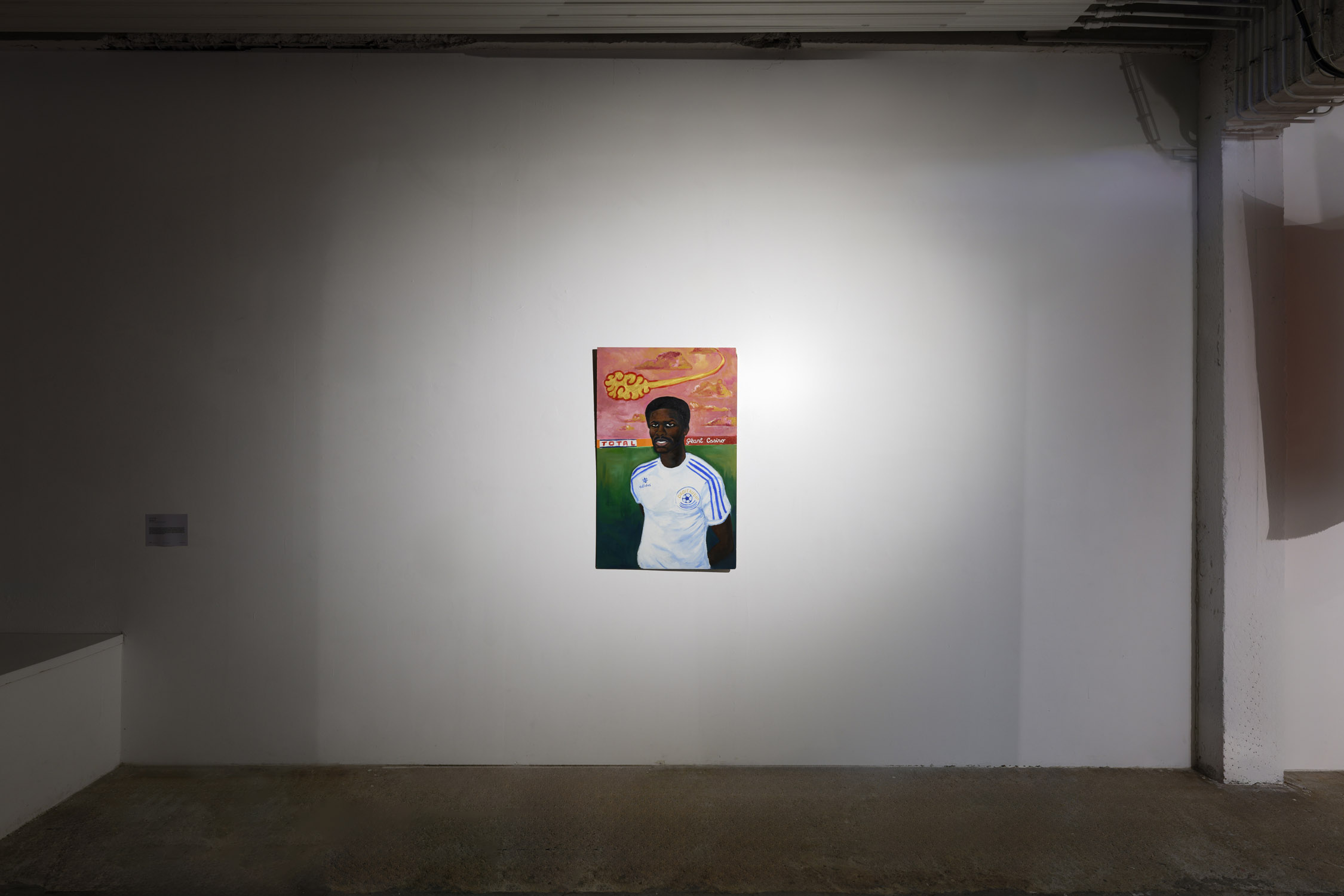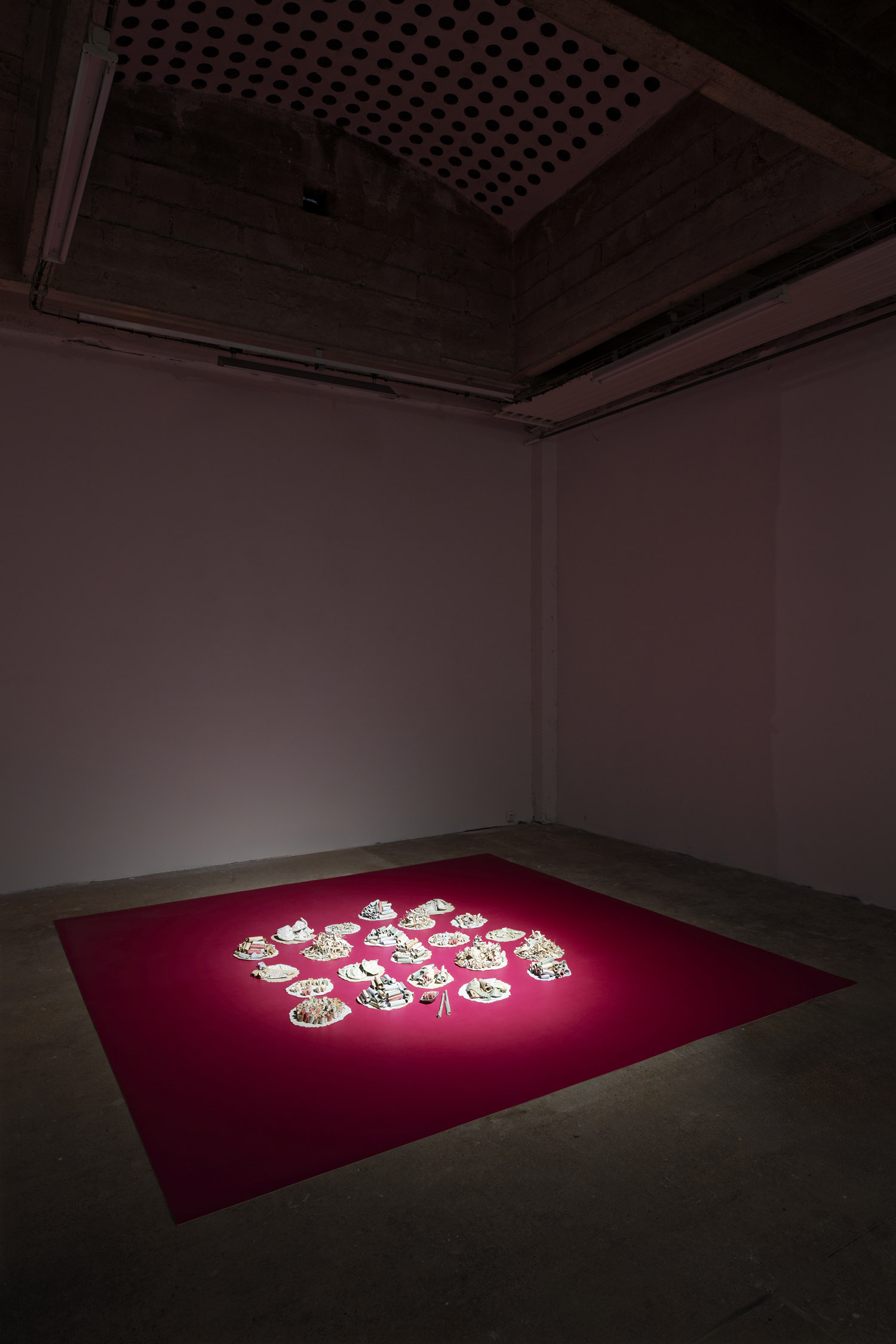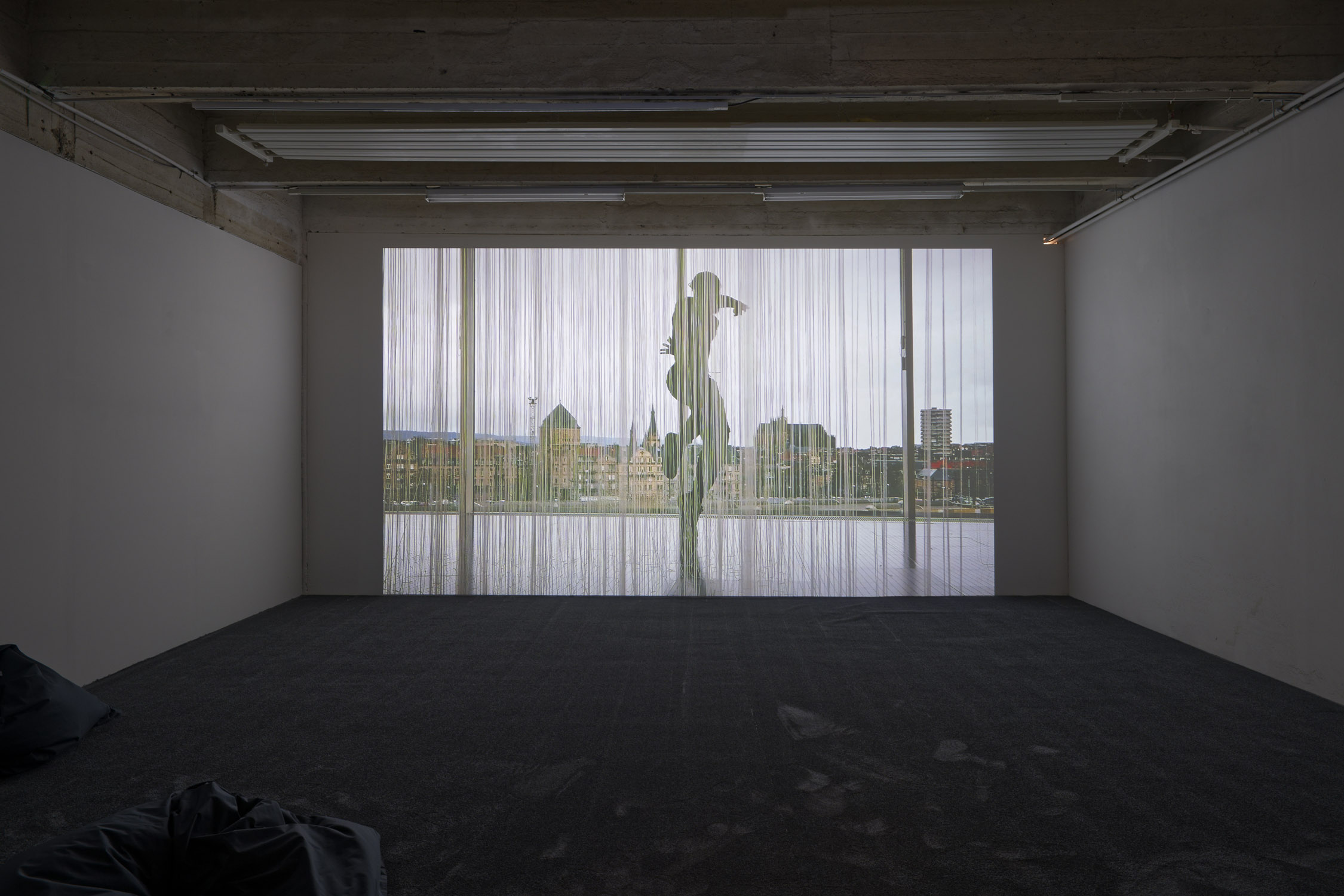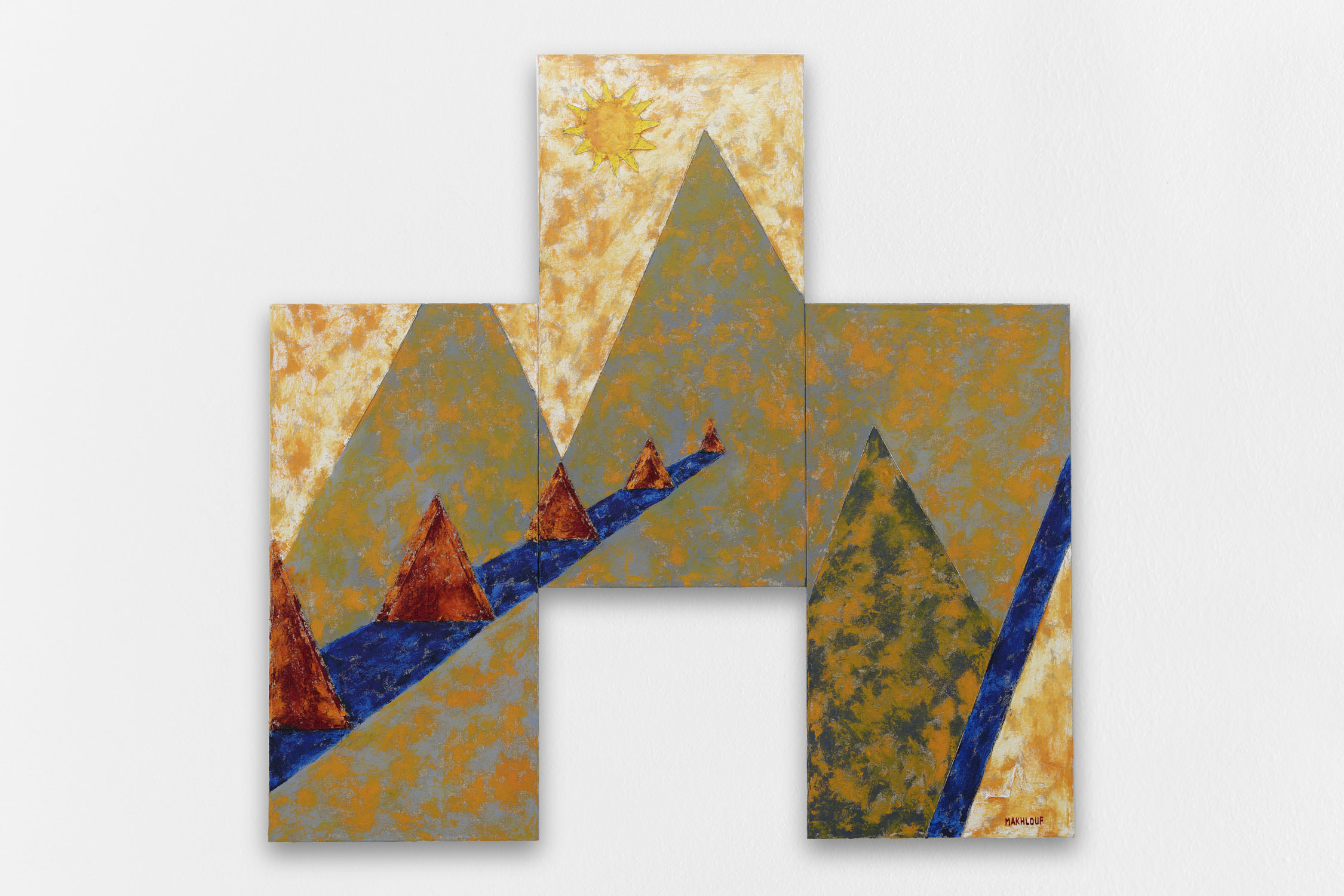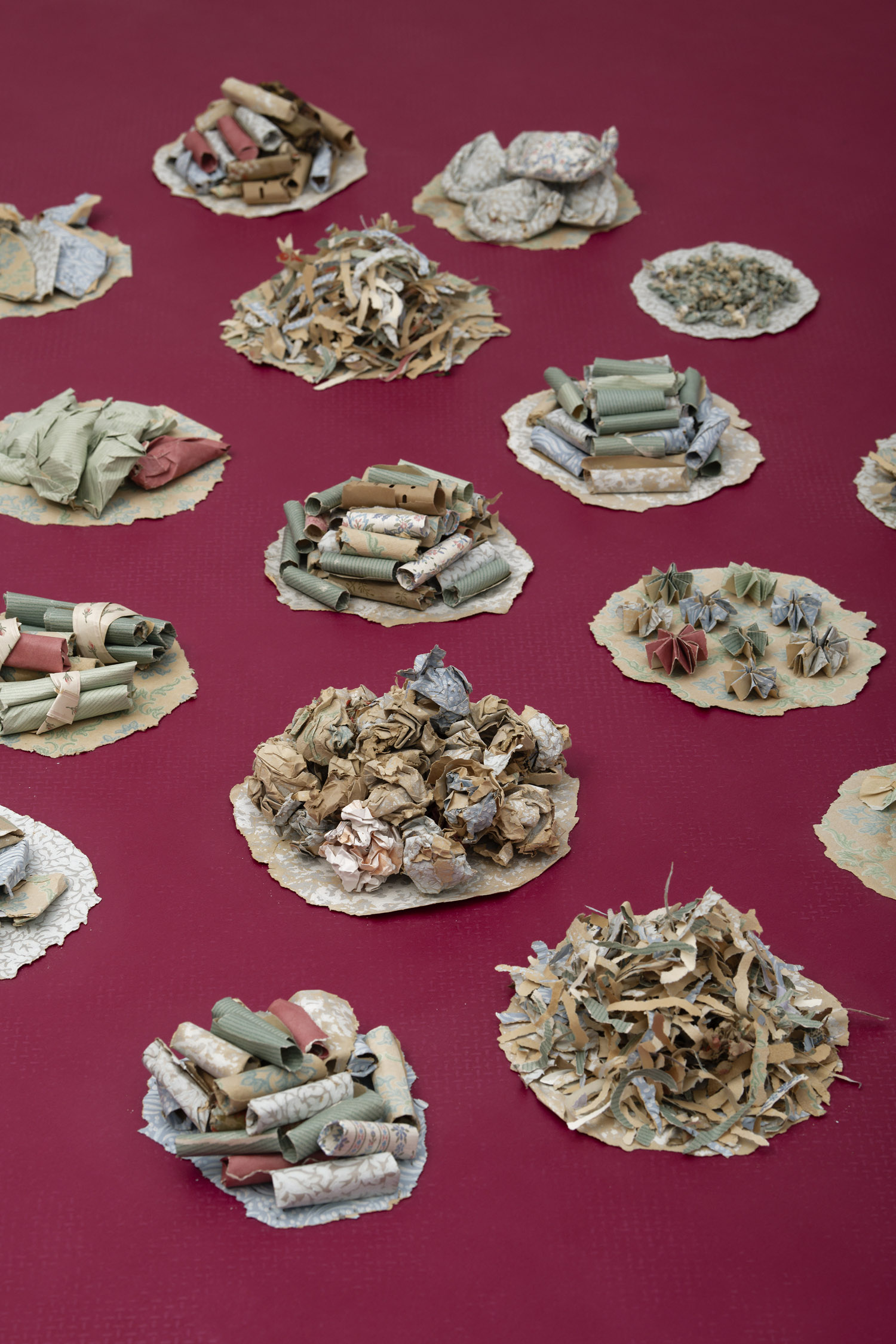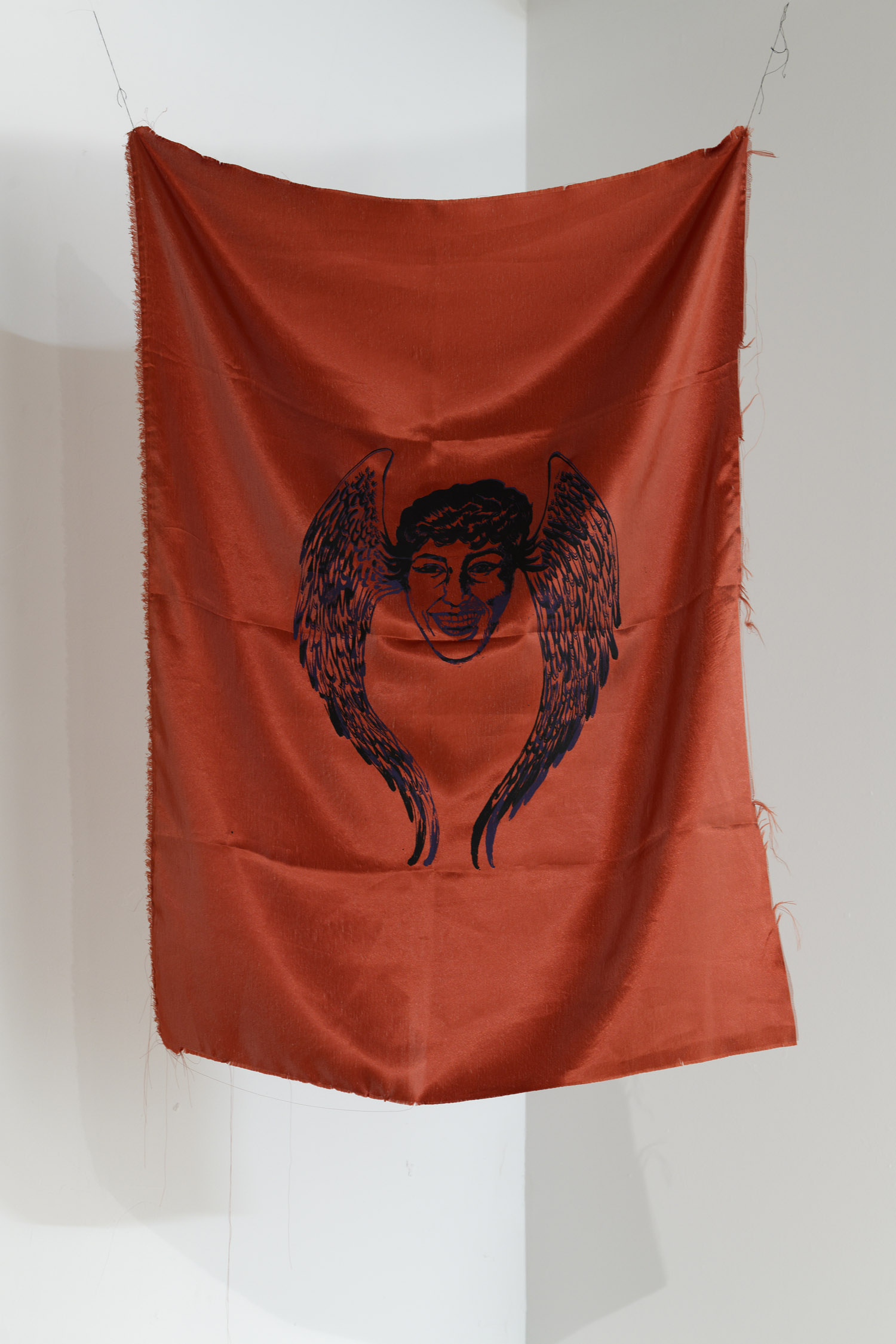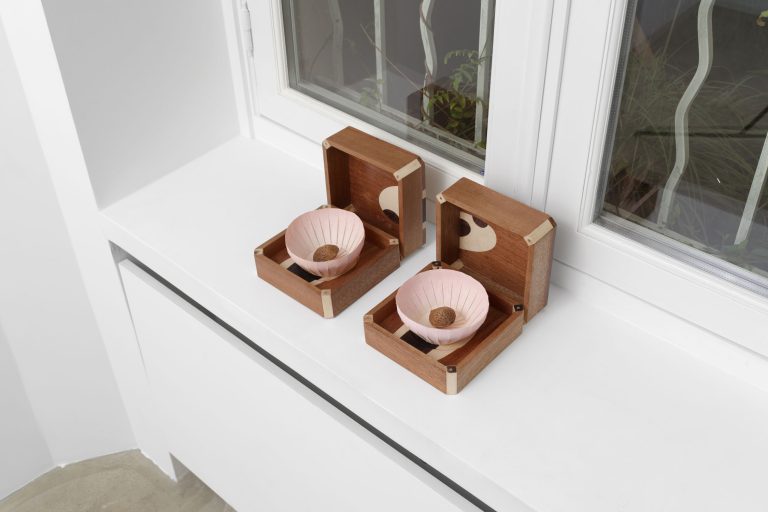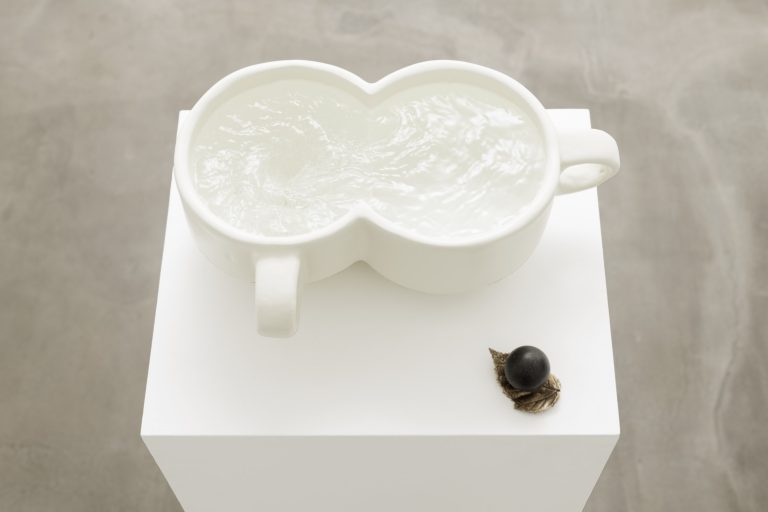All affairs have their share of ambivalence. Their mysteries and their sudden twists and turns. Their secrets and their revelations, both intimate and public, at one and the same time sensational and discreet. They never reveal themselves totally, they may never perhaps be completely resolved. They are little stories that mingle with bigger ones. They are knots to be undone to decipher lines and endings, links and ruptures, responses and yet more questions.
The affair we are dealing with here is no exception to the rule. It is all about lines crossing and joining up, weaving over the crevices to stop them up, traced by timid but confident fingertips over beloved faces or alongside bodies that vanished too soon.
Some lines can trace their distant roots on the inherited genealogical tree, passed down across generations, go back up centuries-old branches, and count all the buds. For others, one must invest resources and use one’s imagination.
The affair blossoming within the walls of Passerelle Centre d’art contemporain pushes into the corners and shadowy reaches of what are known as the ‘great tales’, around the edges of the majestic trees whose cultivation has been favoured over others. It twists and turns along with the reconfigurations, migrations and intermingling of its vigorous shoots, along historic margins and geographical fringes. The story brought to life by the artists of this exhibition is as documentary as it is poetic, but perhaps it is above all performative. It is the affirmation of a thwarted family tree, of invisible or frustrated germinations, of ideal communities, linked by blood or friendship, to which are passed on gestures and languages, faces and names, places dreamed of and recipes to be recreated.
There is the family you are born into and the one you choose to surround yourself with, the one you dream of and the one you construct to make progress, the one you bring into existence despite the injunctions of a historiography inclined to only record great sagas.
The family affair flourishing here is personal while at the same time aspiring to the collective. It has blossomed in art, at the contact of branches used by the portraits of Neïla Czermak Ichti (1996, Bondy), Ibrahim Meïté Sikely (1996, Marseille) and Charline Rolland (1996, Rennes), in the happy and the less successful transmissions recorded by Zineb Sedira (1963, Gennevilliers) and Bintou Dembélé (1975, Brétigny-sur-Orge), through the recipes and offerings of Socheata Aing (1993, Dourdan), along the intermingled and hungry roots of Aïcha Snoussi (1989, Tunisia). My family history is rooted in the workshop of my father, Abderrahim Makhlouf (1961, Morocco), who for so many years silently wove the balance between opposing forces, invisible links and routes to resilience. Here our history traced back to the beginning of an endless story. Roots that had become forests. There, my family history germinated, fertilised by the wind and chance encounters, research and joyous connections. It is to these members, ancestral and real, ideal or vanished, eternal flowers, that we must here pay homage.
The affair is out in the open, history may continue.


